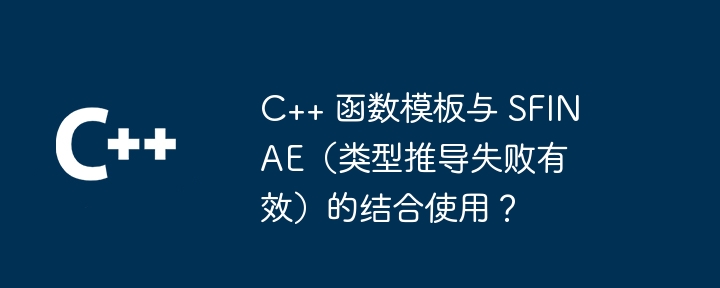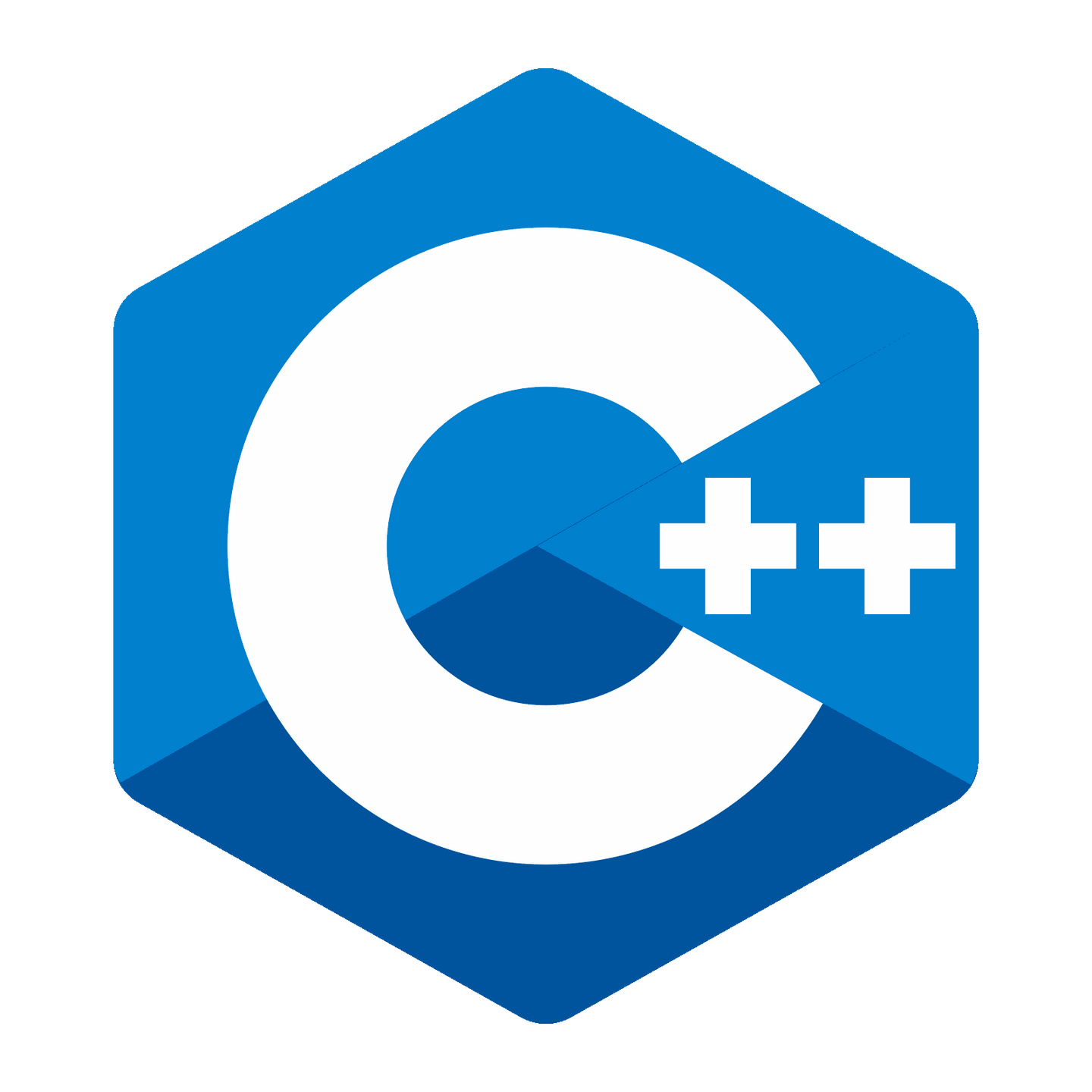函数模板 与 sfinae 结合使用可创建泛型函数,根据模板参数类型调整函数行为。sfinae 允许我们根据模板参数类型推导失败与否控制函数可用性。结合使用时,函数模板可以根据类型约束细化行为,例如区分整数和非整数类型,排除布尔类型等,从而实现灵活且类型安全的代码。

简介
C++ 函数模板允许我们创建泛型函数,适用于多种不同的类型。然而,在某些情况下,我们可能希望根据模板参数的类型对函数行为进行细化。这就是 SFINAE(类型推导失败有效)的用武之地。
SFINAE
立即学习“C++免费学习笔记(深入)”;
SFINAE 是一种技术,允许我们基于模板参数类型的存在或不存在来决定函数的可用性。如果模板参数无法推断,则编译器将报告推导失败,我们就可以利用这一点来控制函数的可用性。
C++ 函数模板与 SFINAE 的结合使用
我们可以通过使用 SFINAE 来扩展函数模板的功能。让我们来看一个示例:
template <typename T>
typename std::enable_if<std::is_integral<T>::value, void>::type func(T x) {
// Integral type-specific implementation
}
template <typename T>
typename std::enable_if<!std::is_integral<T>::value, void>::type func(T x) {
// Non-integral type-specific implementation
}在这个示例中,我们创建了一个函数模板 func,根据模板参数 T 的类型选择不同的函数签名。使用 std::enable_if,我们创建两个嵌套函数,它们仅在满足特定类型约束时可用。对于整数类型,将调用第一个函数,对于非整数类型,将调用第二个函数。
实战案例
以下是一个 C++ 函数模板与 SFINAE 结合使用的实际案例:
// 实现求平方和的函数模板
template <typename T>
auto sum_of_squares(const std::vector<T>& v) {
typename std::enable_if<!std::is_same<T, bool>::value, decltype(v[0]*v[0])>::type result = T{};
for (const auto& elem : v)
result += elem * elem;
return result;
}在这个案例中,我们创建了一个函数模板 sum_of_squares,它将求解向量中所有元素平方和。使用 SFINAE,我们排除布尔类型,因为它不支持平方运算。
结论
C++ 函数模板与 SFINAE 的组合使用提供了强大的工具,可以帮助我们创建灵活且类型安全的泛型代码。通过利用模板参数类型,我们可以在运行时根据类型约束对函数行为进行细化。这使得我们能够编写高效且可扩展的代码。
以上就是C++ 函数模板与 SFINAE(类型推导失败有效)的结合使用?的详细内容,更多请关注php中文网其它相关文章!

c++怎么学习?c++怎么入门?c++在哪学?c++怎么学才快?不用担心,这里为大家提供了c++速学教程(入门到精通),有需要的小伙伴保存下载就能学习啦!

![smarty模板引擎[函数篇]](https://img.php.cn/upload/course/000/000/068/62554919bac5d558.png)


Copyright 2014-2025 https://www.php.cn/ All Rights Reserved | php.cn | 湘ICP备2023035733号